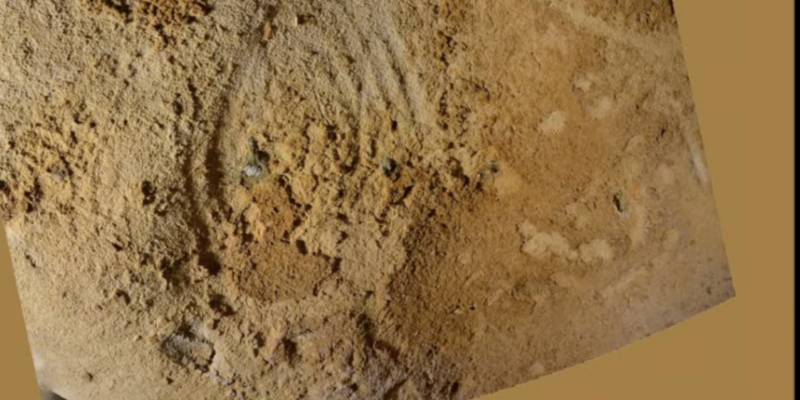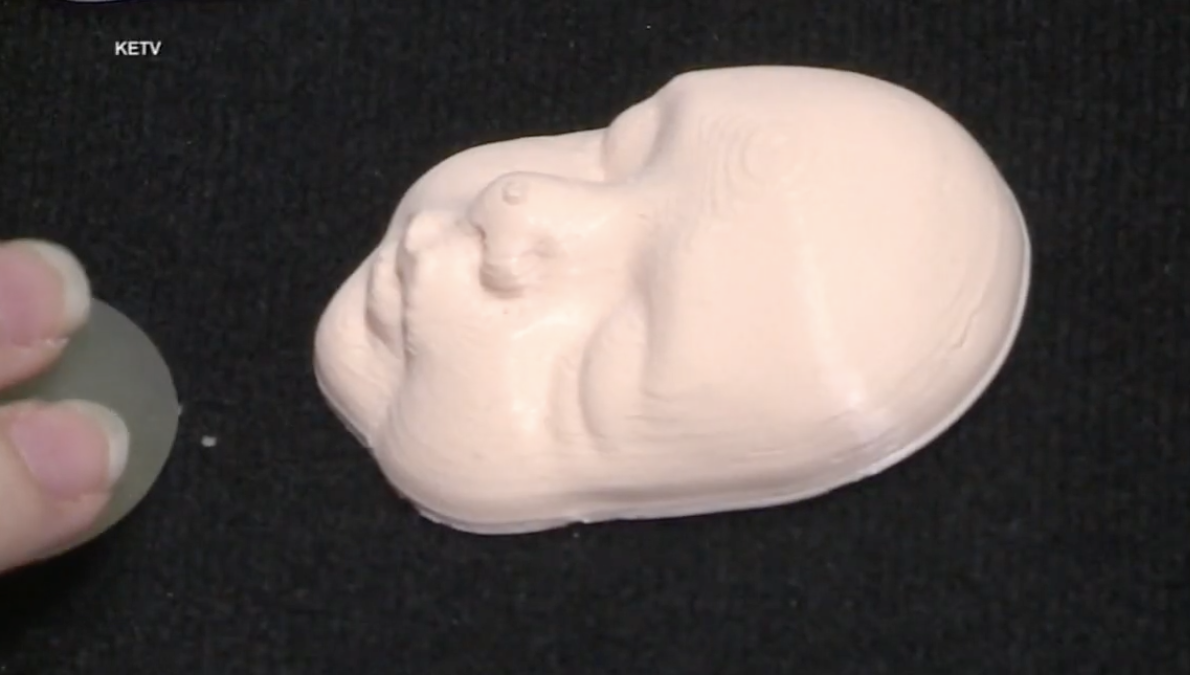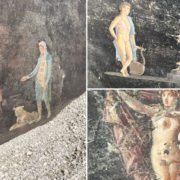
A gallery of recently-found ancient cave markings is thought to have been made 75,000 years ago…and not created by humans, or at least homo sapiens, at least.
Experts who have studied the cave and the ancient history of the area’s surroundings argue that the discovery is another example in a long list of findings that point to Neanderthals not being nearly as primitive as previously considered.
The team of researchers behind an analysis of artwork found in the French cave of La Roche-Cotard argue this is the earliest unambiguous example of Neanderthal cave engravings ever discovered, demonstrating our closest cousins shared our creativity and desire for self-expression, according to Science Alert.
When dating the sediment that used to cover the cave’s entrance, archaeologist Jean-Claude Marquet of the University of Tours, France, and his colleagues found that the artwork had to have been sealed off from the outside world sometime between 51,000 and 57,000 years ago.
Only when the entrance was rediscovered at the beginning of the 20th century were the chambers opened once again and their long-held secrets revealed.
The findings suggest that Homo sapiens could not have entered the cave and made the engravings after our ancestors finally arrived in western Europe, around 45,000 years ago.
“Fifteen years after the resumption of excavations at the La Roche-Cotard site, the engravings have been dated to over 57,000 years ago and, thanks to stratigraphy, probably to around 75,000 years ago, making this the oldest decorated cave in France, if not Europe!” Marquet and colleagues argue.
The artwork is something that is often found in artwork produced tens of thousands of years ago. “The markings are made up of lines, squiggles, and dots, likely made by fingers instead of tools. In particular, the dips and ridges resemble what might be left behind if you lightly raked your fingers through damp sand.
It’s a technique known as finger fluting and is common in prehistoric art, where someone drags fingers through a soft surface. The walls of the cave are a chalky limestone called tuffeau that’s easier to mark than harder stone like granite,” writes Business Insider.
“Using a method called photogrammetry, the researchers from the University of Tours in France mapped the marks and created 3D models. Based on how the markings were positioned and spaced, the lines and traces appear to be “intentional and meticulous,” the authors explained.
Neanderthals lived in Europe and parts of western Asia during the Middle Paleolithic period, a range from about 400,000 to 40,000 years ago. They are considered to be the closest prehistoric ancestor to modern humanity, sharing a common ancestor with us.
The group was well-suited for colder environments. Despite stereotypes, Neanderthals had a larger brain capacity than modern humans and had an array of sophisticated tools and cultural artifacts. They were excellent hunters and gatherers and created tools like spears and stone knives. We also now know they lived in complex social structures and engaged in behaviors such as burying their dead or, as this study reveals, creating symbolic art.
Genetic examinations have proven that Neanderthals interbred with early modern humans who migrated out of Africa. Today, many people of non-African descent have a small percentage of Neanderthal DNA in their genome, as anyone who’s taken a 23 and Me spit test can tell you.
There is still some debate among scientists about why Neanderthals became extinct. However, many theories suggest that a combination of factors likely contributed to their demise. Some scientists believe that climate change played a role, as the Ice Age ended and temperatures began to rise, their strength mattered less to their survival.
Others believe that competition with modern humans, who were better adapted to the changing environment, played a key factor. There may have also been interbreeding between the two groups, which could have led to the eventual disappearance of purebred Neanderthals.
[Read More: They Couldn’t Believe It Was The Size Of The Statue Of Liberty]









